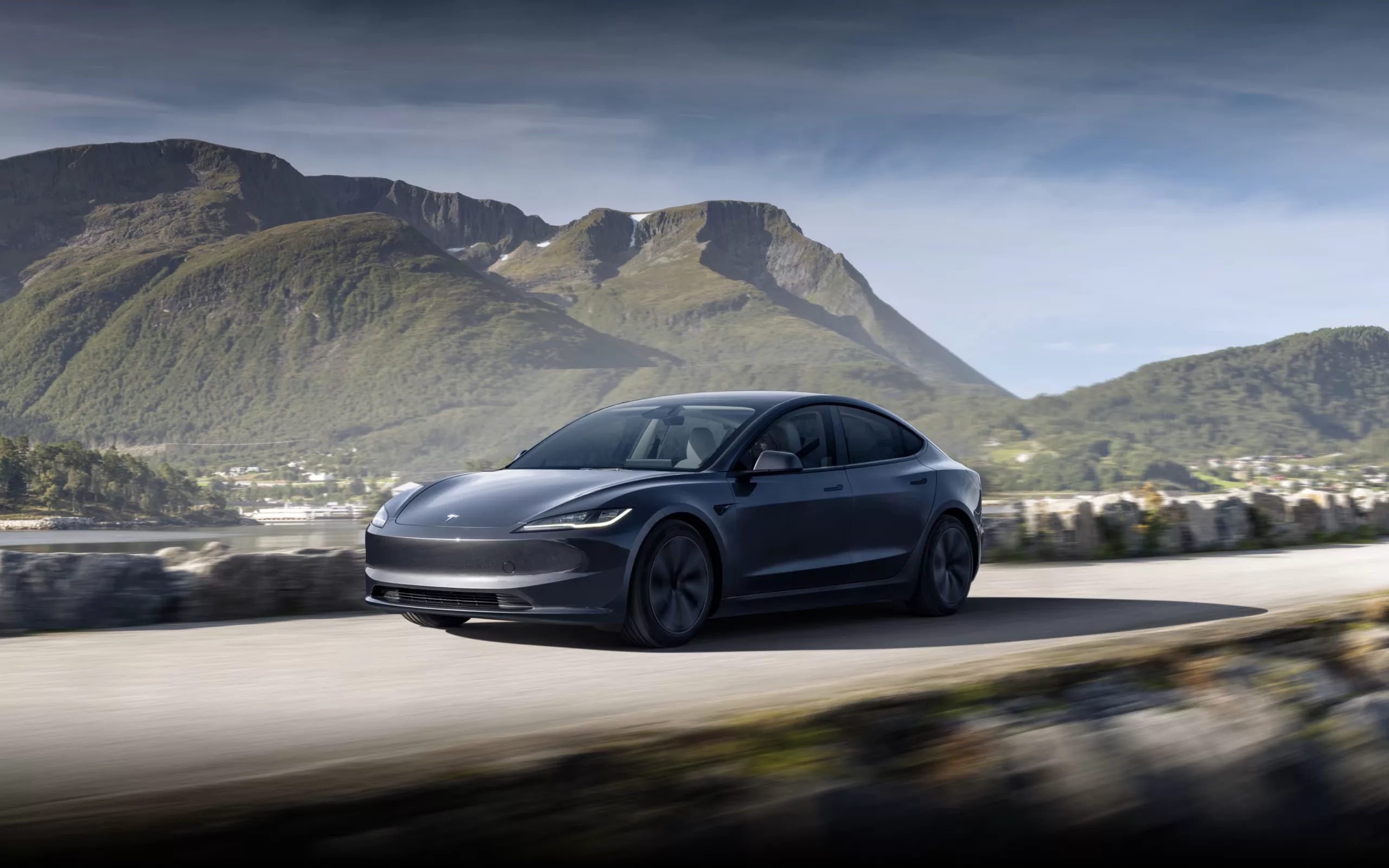US Policy and the Shift Away from Chinese EV Batteries
In recent years, the US government took a significant step to support the electric vehicle (EV) market, a move that not only bolsters American EV manufacturers like Tesla but also addresses a national concern over foreign battery production, predominantly from China. The extension of the federal tax credit for EVs by the US Congress and President Joe Biden carries an important condition for vehicle eligibility starting in 2024: EV batteries can no longer be sourced from “entities of concern,” such as China. This policy change aims to enhance the United States’ geopolitical stance, encourage economic growth, and ultimately fortify national security.
Industry Response and Battery Supply Chain Challenges
Adequate notice was given, stipulating ample time for automakers to adjust and align their models to qualify for these renewed tax credits. Despite a schedule that might have seemed generous, the intricate and protracted battery supply chains, with orders often placed years in advance, present challenges—particularly for high-volume models with significant battery demands. Unfortunately, Tesla‘s Model 3 Standard Range and Model 3 Long Range did not meet the tax credit requirements in time, risking their competitive edge against other Tesla offerings, like the Model 3 Performance and Model Y.
Prospects for Tesla’s Model 3 “Highland”
Amid speculation on forums like Tesla Owners Online, questions linger over the tax credit eligibility of the new Tesla Model 3 “Highland” in the United States. Despite the lack of an immediate answer from Tesla or CEO Elon Musk, it’s rational to believe Tesla has been strategizing to secure non-China battery supplies since 2022. With sales figures like 200,000 Model 3 cars and over 400,000 Model Y crossovers in the US in 2023 alone, the transition to a new battery source is certainly no trivial task.
Tesla’s Demand-Boosting Opportunities Amid Change
Tesla could potentially see three surges in demand throughout this period of transition. Initially, knowledge of the expiring tax credit likely caused a sales spike at the end of 2023. The subsequent release of the “Highland” version in early 2024 then could have provided another. Looking ahead, should the “Highland” secure a tax credit by using batteries from the US or an allied nation, it would likely lead to another surge in demand. This could be interpreted as Tesla playing a clever, strategic game.
Anticipating Future Developments
While predicting Tesla’s next moves and the “Highland” Model 3’s future eligibility for a tax credit is uncertain, many are optimistic about a positive outcome, potentially in late 2024 or the following year. The conversation around this topic is rich with speculation: Will Tesla’s entire Model 3 lineup qualify once again for the significant $7,500 US tax credit? And crucially, how will the company’s strategic maneuvers during this transitional phase shape the future of Tesla’s dominance in the EV market?
